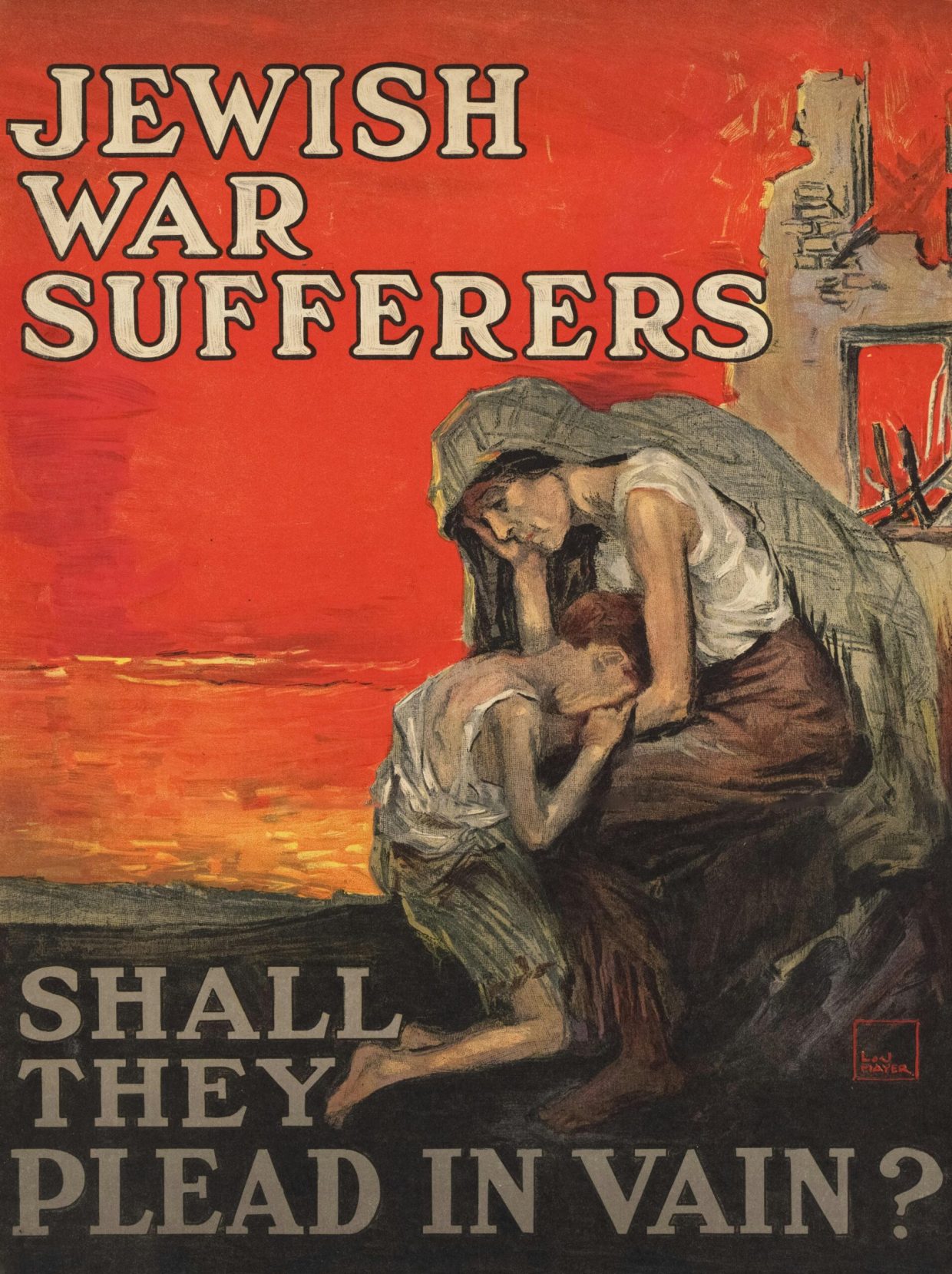War novels have a unique way of bringing the battlefield to life, plunging us into the chaos, courage, and complexity of soldiers’ experiences. But beyond the clashes and battles, these stories often paint vivid portraits of the men and women behind the uniforms—sometimes as heroes, sometimes as foes, and often as deeply real, flawed humans. In this blog post, we’ll explore how war novels navigate these roles, offering us powerful insights into the soldiers who’ve shaped history and the stories we tell about them. Whether you’re a history buff, a book lover, or just curious about the human side of war, this journey promises to be eye-opening and, hopefully, a little inspiring too.
Table of Contents
- Understanding the Heroic Archetype in War Novels and Its Impact on Readers
- Exploring the Complexity of Soldiers as Both Allies and Adversaries
- How Realistic Portrayals Deepen Our Connection to the Human Side of War
- Tips for Choosing War Novels That Offer Balanced and Thoughtful Soldier Narratives
- Closing Remarks
Understanding the Heroic Archetype in War Novels and Its Impact on Readers
The heroic archetype in war novels extends beyond mere bravery and battlefield prowess. These characters often embody a complex mix of valor, vulnerability, and moral conflict, capturing the reader’s imagination and empathy simultaneously. By presenting soldiers as heroes, authors tap into universal themes of sacrifice, honor, and resilience, making the stories deeply relatable and emotionally charged. This archetypal hero is not just a fearless warrior but also a symbol of enduring human spirit, inspiring readers to reflect on their own values and courage in the face of adversity.
Readers respond strongly to these portrayals because they bring a *human element* to the chaos of war. The heroic figure often grapples with fear, loss, and ethical dilemmas, which breaks down the traditional notion of an invincible soldier and replaces it with a more nuanced, authentic representation. War novels frequently use this archetype to:
- Explore the psychological impact of combat on individuals
- Challenge simplistic views of good versus evil
- Encourage reflection on the true cost of heroism
- Create a cathartic experience that validates the reader’s own struggles
Exploring the Complexity of Soldiers as Both Allies and Adversaries
War novels often strip away the simplistic labels of ‘friend’ and ‘enemy,’ revealing soldiers as complex individuals caught in the chaos of conflict. These characters embody a spectrum of emotions and motivations, reminding readers that allies and adversaries share common humanity. The narrative blurs the lines through vivid portrayals of courage, loyalty, fear, and doubt—highlighting that behind every uniform lies a unique story shaped by personal values and circumstances. This nuanced approach challenges readers to reconsider easy judgments and appreciate the multifaceted realities of warfare.
Authors frequently use this duality to explore themes such as:
- Moral ambiguity: Soldiers grapple with difficult choices that defy black-and-white ethics.
- Brotherhood and rivalry: Bonds formed in battle can deepen respect or fuel conflict, regardless of which side soldiers fight on.
- Human resilience: Both allies and foes endure profound hardships, revealing shared strengths and vulnerabilities.
These elements enrich the storytelling, offering readers a profound understanding of the soldier’s experience beyond mere heroism or villainy.
How Realistic Portrayals Deepen Our Connection to the Human Side of War
When war novels move beyond glorified battles and melodramatic heroism, they invite readers into the intricate, often painful realities soldiers endure. These stories peel back the layers of propaganda and ideology to reveal the raw emotions, doubts, and sacrifices hidden beneath the uniform. The characters aren’t just brave warriors or faceless enemies — they are individuals grappling with fear, loyalty, loss, and the complex morality of combat. Through this lens, readers gain a more nuanced appreciation of what it means to be human in a world torn apart by conflict.
The power of realistic portrayals lies in their ability to:
- Humanize all sides: showing that even so-called foes share universal hopes and vulnerabilities
- Highlight moral ambiguity: exposing difficult choices soldiers face that defy simple notions of good and evil
- Build empathy: fostering a deeper emotional connection by illustrating the psychological and physical toll of war
In doing so, novels challenge readers to reconsider black-and-white narratives and embrace the complexity of human experience during wartime—where heroism sits alongside tragedy and survival often demands both courage and compromise.
Tips for Choosing War Novels That Offer Balanced and Thoughtful Soldier Narratives
When diving into war novels, it’s essential to look beyond the surface-level heroics or villainy and seek out stories that humanize soldiers. Consider novels that emphasize the complexity of their characters — individuals shaped by fear, duty, hope, and doubt rather than just archetypal heroes or enemies. Look for authors who balance battlefield action with introspective moments, offering insights into the emotional and psychological toll of combat. This nuanced approach ensures a narrative that respects the multifaceted nature of those who serve, providing a richer and more authentic reading experience.
To find books with balanced soldier narratives, pay attention to the following:
- Character Depth: Do the soldiers have believable motivations and flaws that evolve throughout the story?
- Historical Accuracy: Does the novel portray realistic settings and events while avoiding glamorization or unwarranted demonization?
- Multiple Perspectives: Are different sides of the conflict presented, offering a well-rounded view rather than a one-sided narrative?
- Emotional Resonance: Does the story capture the personal sacrifices and moral dilemmas soldiers face?
Closing Remarks
Whether portraying soldiers as fearless heroes, complex foes, or real-life individuals caught in extraordinary circumstances, war novels offer us a unique window into the human side of conflict. They remind us that behind every story of battle lies a tapestry of emotions, struggles, and courage. So next time you pick up a war novel, remember you’re not just reading about history or action—you’re stepping into the boots of those who’ve lived it, with all their strength and vulnerability. Happy reading!













